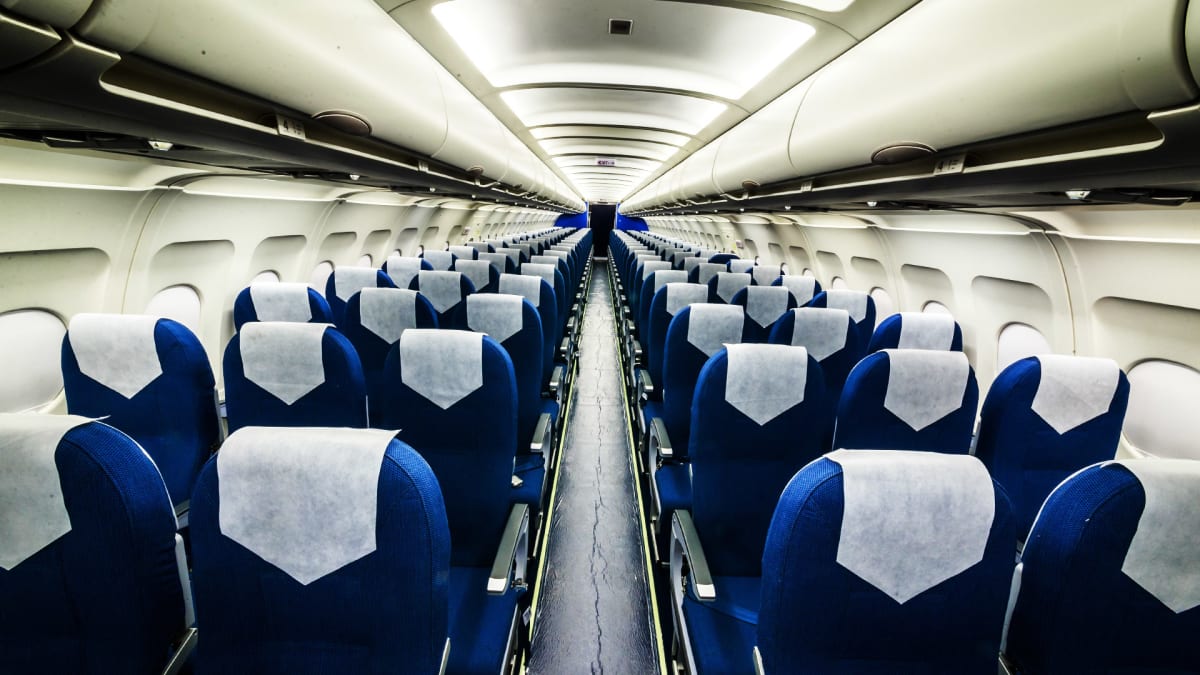
There’s a long-standing federal rule that planes must be designed so passengers can evacuate the cabin within 90 seconds, even with half the exits blocked.
But critics are accusing the Federal Aviation Administration of not doing enough to make sure today’s modern airplanes meet that standard. Compared to a few decades ago, many airlines tend to have more seats and narrower rows in order to accommodate more passengers and thus increase profitability. But there are allegations from lawmakers that these changes may be coming at the expense of passenger safety.
DON'T MISS: American Airlines Pushes Back On Antitrust Ruling
One instance that was brought up recently by Sen. Tammy Duckworth (D-Ill.) is of an American Airlines plane that caught fire on the ground in Chicago in 2016. Video captures a scene of passengers clogging the aisle while waiting to slide down an emergency chute. Twenty people were injured by the overcrowding.
"It should not -- it cannot -- take another tragedy to bring our aircraft evacuation standards up to date," said Duckworth (D-Ill.) while announcing legislation to require updates in how the FAA conducts evacuation tests.
Congress is calling on the agency to come up with new minimums for the size of airline seats and the distance between rows, in part because, they say, Americans are getting heavier while planes continue to add more and smaller seats. The distance from a seat back to the seat in front or behind it -- called "pitch" in the industry, used to measure about 35 inches. It's as low as 28 inches on some airlines and around 31 or 32 inches on others.
Duckworth’s legislation would require FAA standards to consider seat size, the layout of rows, the presence of carry-on bags, purses and briefcases and to consider a greater range of passengers, including children, seniors and people with disabilities.







